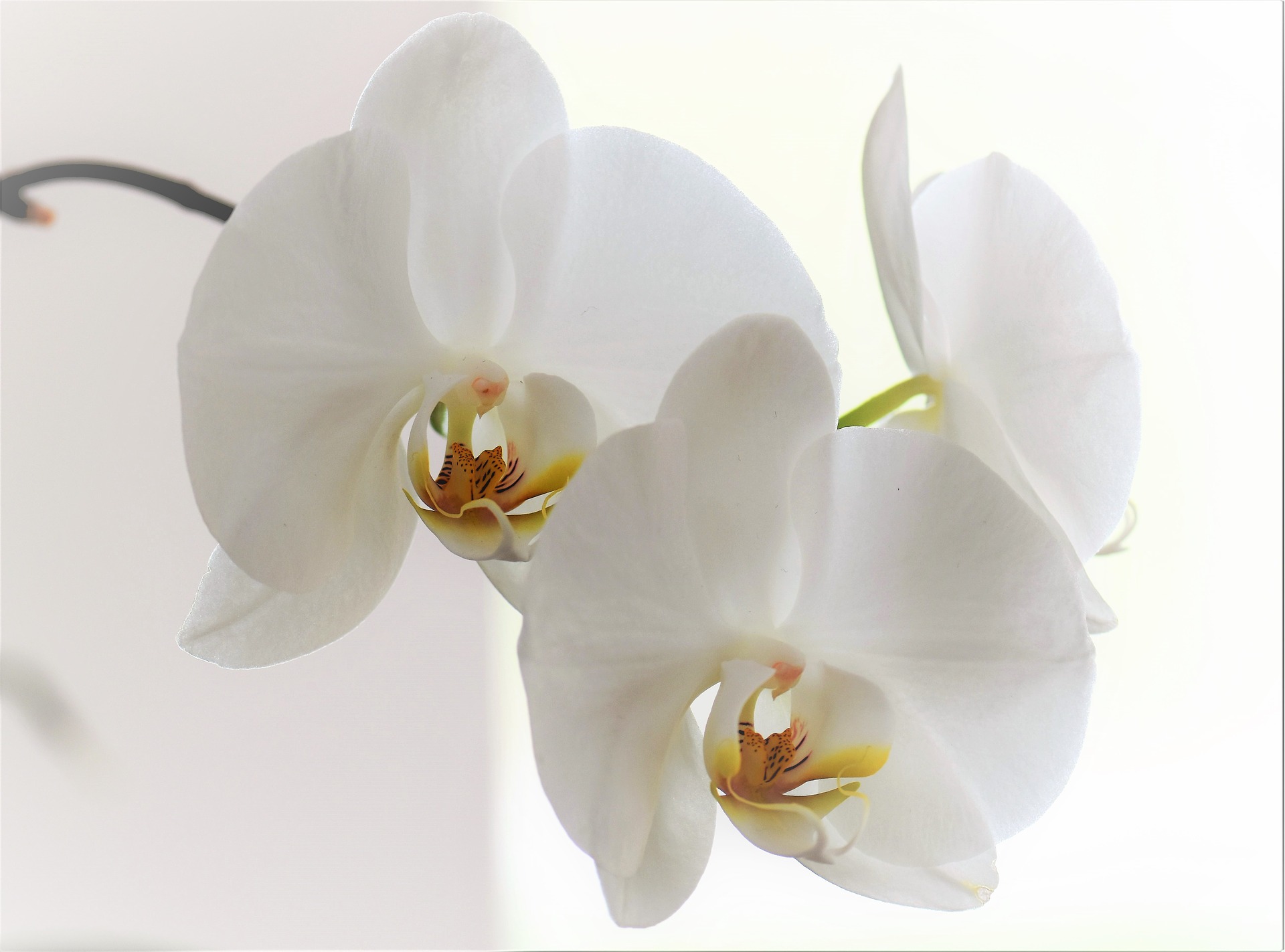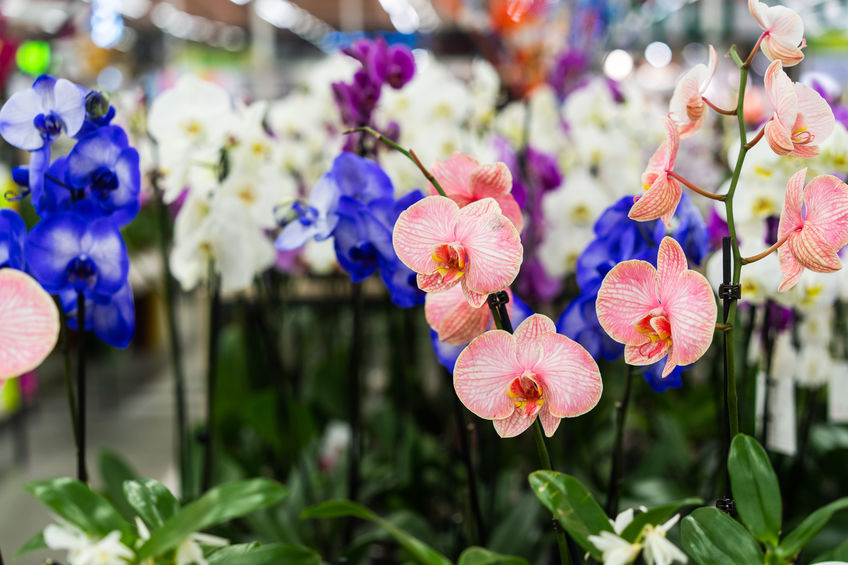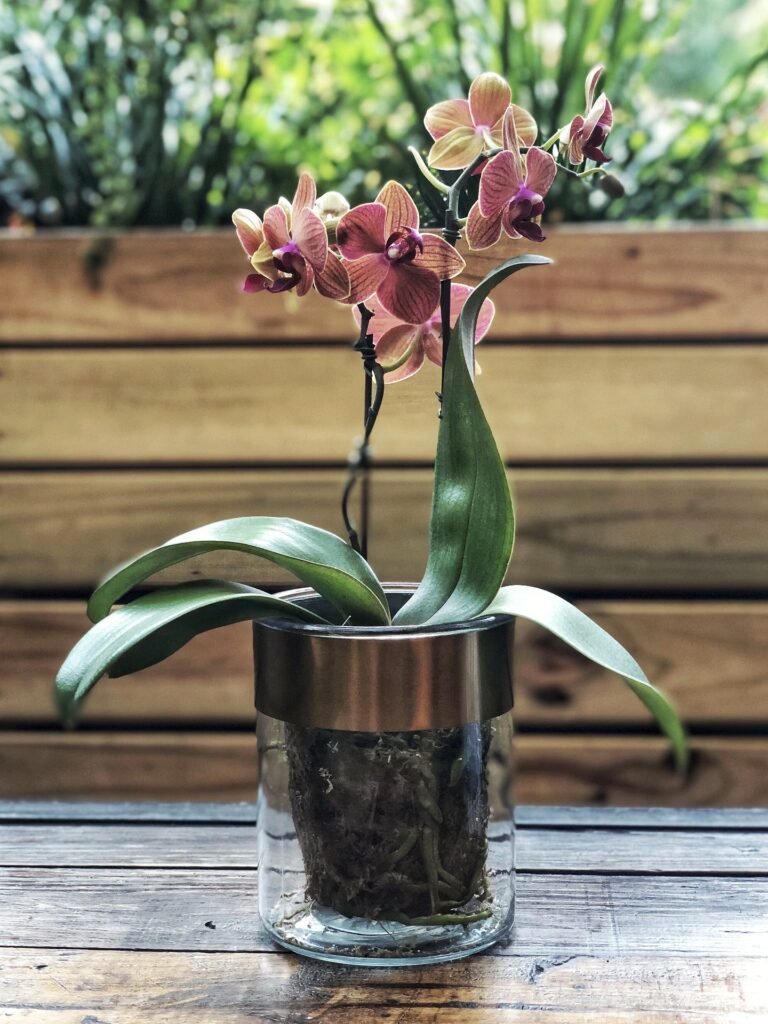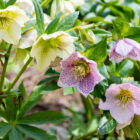
How to care for Orchid Phalaenopsis
Orchid Phalaenopsis
Phalaenopsis orchids are among the most known and widely distributed plant species in the world. These orchids have a mixture of elegant and refined colours. The orchid Phalaenopsis has a butterfly-like shape known as “moth”. Beautiful and stylish, Phalaenopsis is one of the most cultivated indoor plants, as it adapts very well to all domestic environments. How to care for an Orchid? This article provides all the helpful tips for growing and maintaining these fantastic plants.
Orchids Phalaenopsis – characteristics

Phalaenopsis are an epiphytic or lithophyte plant, able to grow on the rocks. These plants have large intense green leaves that can reach a width of 10 cm and a length of 50 cm. The leaves are water storage organ, so they are very large with a fleshy texture. White, yellow, pink, or purple flowers open with simple or ramified stems. Flowers bloom at any time of the year, with a flowering lasting about 2 months. They can reach a diameter of 15 cm. The roots are numerous, robust, branched. In nature, roots help the orchid to growth adhere to trees.
How to care for an Orchid at Home
Phalaenopsis orchid care needs to follow precise rules in order not to damage the plant. The Phalaenopsis orchid loves the heat. The ideal temperature is between 24 °C and 16 °C. However, they can tolerate higher temperatures if there are the right conditions of ventilation, shading and humidity. Moreover, orchids do not like drafts of air or direct exposure to the sun. However, light is essential for flowering. Plants need the correct humidity. You can achieve a correct humidity by using a saucer with expanded clay. Beyond normal irrigation, vaporize the roots with demineralized water. Avoid water stagnations. The ideal time for watering is in the morning to allow the leaves to dry up until evening.
Orchid diseases in pots – prevention and care
Environmental factors and poor cultivation techniques may lead to orchid diseases. In fact, fungal pathologies may affect the Phalaenopsis particularly in the absence of ventilation or in the presence of an excessive humidity. Also the use of unsuitable substrates or non-disinfected instruments can adversely affect the state of well-being of the plant. To prevent plant diseases you may apply good cultivation techniques.

Resistance inductors : the new allies for the treatment of orchids
Resistance inductors are green products ideal for the protection of plants. These products such as Full Bio, Even Green, Furius BZ and Propolis activate endogenous mechanisms of plant defence. Plant in this way can increase its resistance in a very natural way against a pathogen attack or other environmental stress. Specifically, Propolis, based on natural propolis extracts, is ideal for its antibacterial action. You can use Propolis for disinfecting cuts and working tools. Whereas, Even Green can activate plant defence against biotic stress such as cochineal attacks. Moreover the product promotes blooms and luxuriant vegetations.
How to grow Phalaenopsis orchids?
To obtain beautiful plants you may fertilize orchids regularly. In fact, fertilizers provide all essential nutrients for healthy growth and beautiful blooming. Bioges has a complete line of fertilizers for orchids. These fertilizers meet all the nutritional needs of orchid plants in every phase of vegetative development. In fact, at vegetative restart, you may use Orchis-Idea 30.5.5. a soluble fertilizer with a high nitrogen content. Particularly, it favours the formation of new leaves and new orchid buds. Whereas from mid-spring to autumn you may use Orchis-Idea 18.18.18. It is a balanced orchid fertilizer, which provides a complete nutrition for all types of orchids.
Flowering orchids phalaenopsis – Tips for no stop blooms
Phalaenopsis flowering takes place from December to April, although there are no general rules. In optimal conditions of light, humidity and temperature, Phalaenopsis can give multiple and prolonged bloom over time. The failure of flowering of Phalaenopsis is often due to an insufficiency of the light. To promote new Phalaenopsis blooms, it is appropriate to cut the stem over the last node when the flowers fall. After, you can administer a specific fertiliser for orchids flowering. Orchis-Idea 10.44.10 with its high potassium content, stimulates the new flowering! You can buy Orchis-Idea fertilizer singularly or in an Orchid fertilizer kit.
Repotting orchids phalaenopsis : how and when?
The reasons for repotting an orchid are three:
- The roots are damaged or plant is infested by parasites and moulds;
- The plant has grown a lot and the pot is too small;
- The substrate is decomposed and it is too wet and sticky.
Orchid repotting is a delicate operation that must be made with caution. The substrate or other residual material attached to the roots should be carefully removed. Dead, damaged, or sick roots must be removed using sharp blades and disinfected with alcohol to avoid infections. Place the plant in a new transparent pot with a new soil. For orchid repotting you can choose among several substrates of vegetable origin. In the garden shop you can buy the bark, which is among the cheaper substrate for orchids. To encourage a total recovery from repotting is recommended the administration of Top Sinergy.



